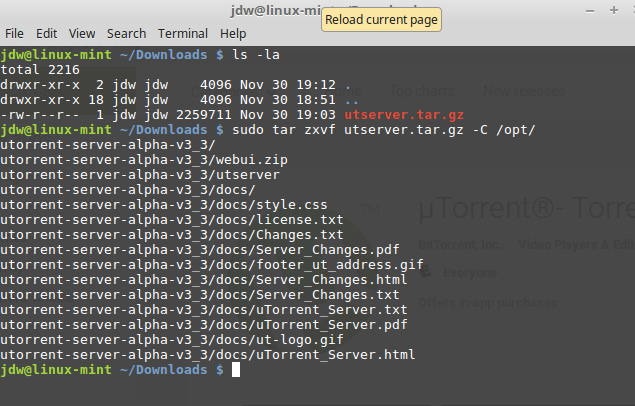

home/MyImages/yanaguptabaresf231110.jpg 3. home/MyImages/ReesewitherspoonCIA101202.jpg home/MyImages/the-japanese-wife-press-conference.jpg home/MyImages/katrinabarbiedoll231110.jpg home/MyImages/RobertKristenviolent101201.jpg # tar cvzf MyImages-14-09-12.tgz /home/MyImages ( Note : tar.gz and tgz both are similar). For example the below command will create a compressed file for the directory /home/MyImages. To create a compressed gzip archive file we use the option as z. f – File name type of the archive file.

Let’s discuss each option that we have used in the above command for creating a tar archive file. home/tecmint/rpmforge-release-0.5.i386.rpm home/tecmint/phpmyadmin-2.11.11.noarch.rpm The below example command will create a tar archive file tecmint-14-09-12.tar for a directory /home/tecmint in current working directory. The main purpose of this guide is to provide various tar command examples that might be helpful for you to understand and become expert in tar archive manipulation.
Untar command linux how to#
In this article we will be going to review and discuss various tar command examples including how to create archive files using ( tar, tar.gz and tar.bz2) compression, how to extract archive file, extract a single file, view content of file, verify a file, add files or directories to archive file, estimate the size of tar archive file, etc. The tar is most widely used command to create compressed archive files and that can be moved easily from one disk to another disk or machine to machine. The tar command used to rip a collection of files and directories into highly compressed archive file commonly called tarball or tar, gzip and bzip in Linux. The Linux “ tar” stands for tape archive, which is used by large number of Linux/Unix system administrators to deal with tape drives backup.


 0 kommentar(er)
0 kommentar(er)
